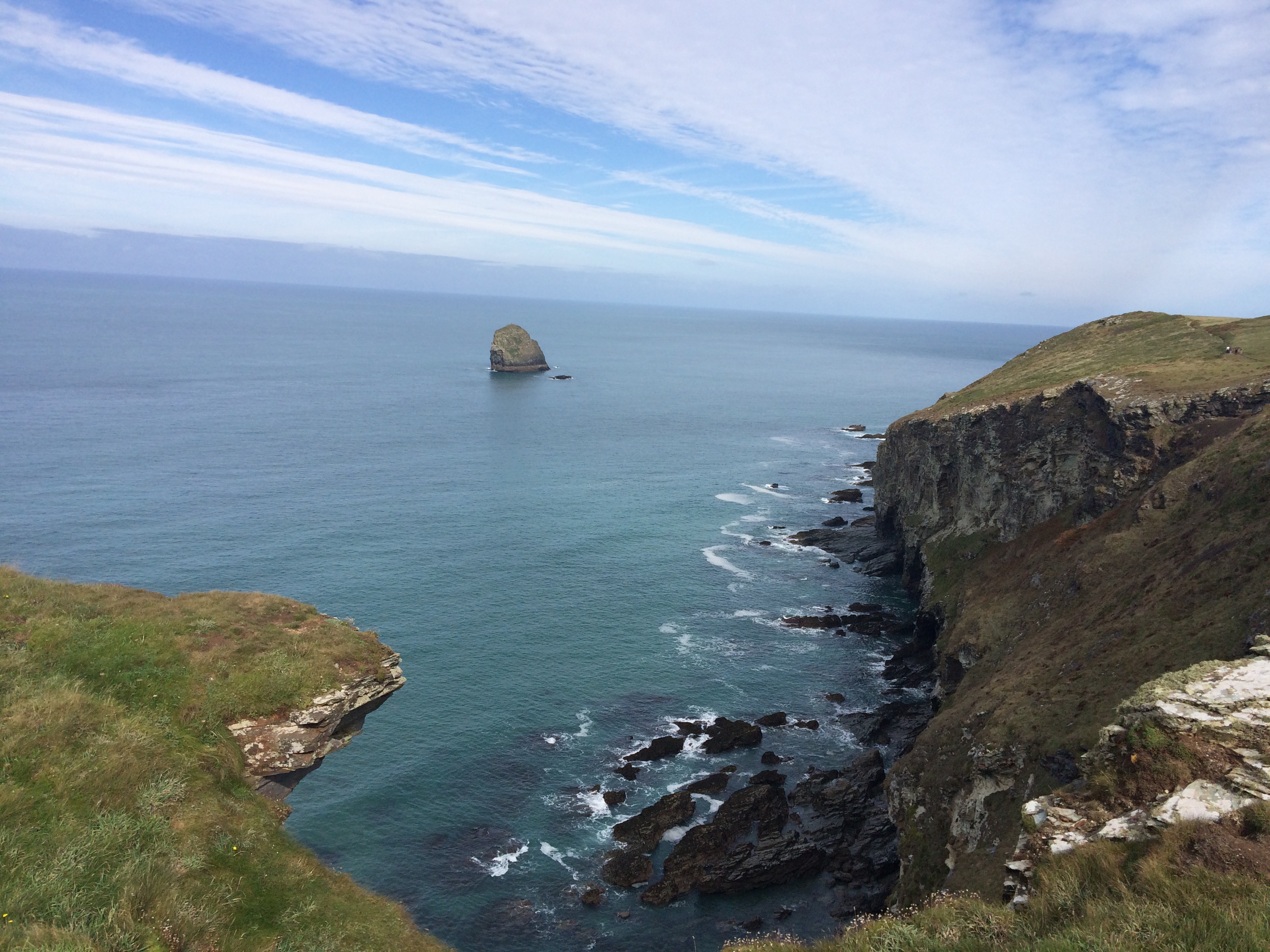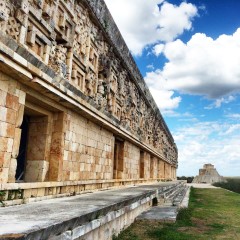Cornwall’s spectacular coast path remains unknown to many Americans
On about the 100th granite step above Port William, on Cornwall’s north coast, my boyfriend managed a few strangled words.
“These people,” he panted, “are crazy.”
I’m not sure whether he was referring to the builders of the trail we were hiking — the South West Coast Path — or to the Cornish in general, for living in such rugged terrain. Either might apply.
But bemused resentment wasn’t the only emotion we were feeling. There was also, as always, admiration — for the staggering beauty everywhere around us. Rolling, brilliant green pastureland atop pitch-black volcanic rock cliffs; empty blond beaches punctuating rocky coves; the crashing blue sea.
And seals! Gray, squiggling seals!
We were on the final day of a four-day walk on the trail, which careers its way along 630 miles of the famously jagged coast of Devon and Cornwall, at the southwestern tip of England. It was the second part of my two-week pilgrimage to Cornwall to reconnect with my family roots.
The challenges and beauty of the trail thrilled me, but I was almost as surprised by how few non-English folk we encountered along the way.
This is a trail that should be on the radar of long-distance hikers everywhere, as much for its natural wonders as its cultural ones. Where else in the world can you end a blood-pumping day’s hike with a wander through King Arthur’s (purported) hometown or a visit to a creepy museum of witchcraft — all without ever having to set foot in a car or even diverge from the trail?
By day, the South West Coast Path awes you — with staggering, remote, windswept beauty. (And seals!)
By night, it comforts you — with tidy small towns, warm pubs, and delicious “cream teas” of homemade scones, clotted cream and jam.
This is still England, after all. Coziness is just part of the deal.















